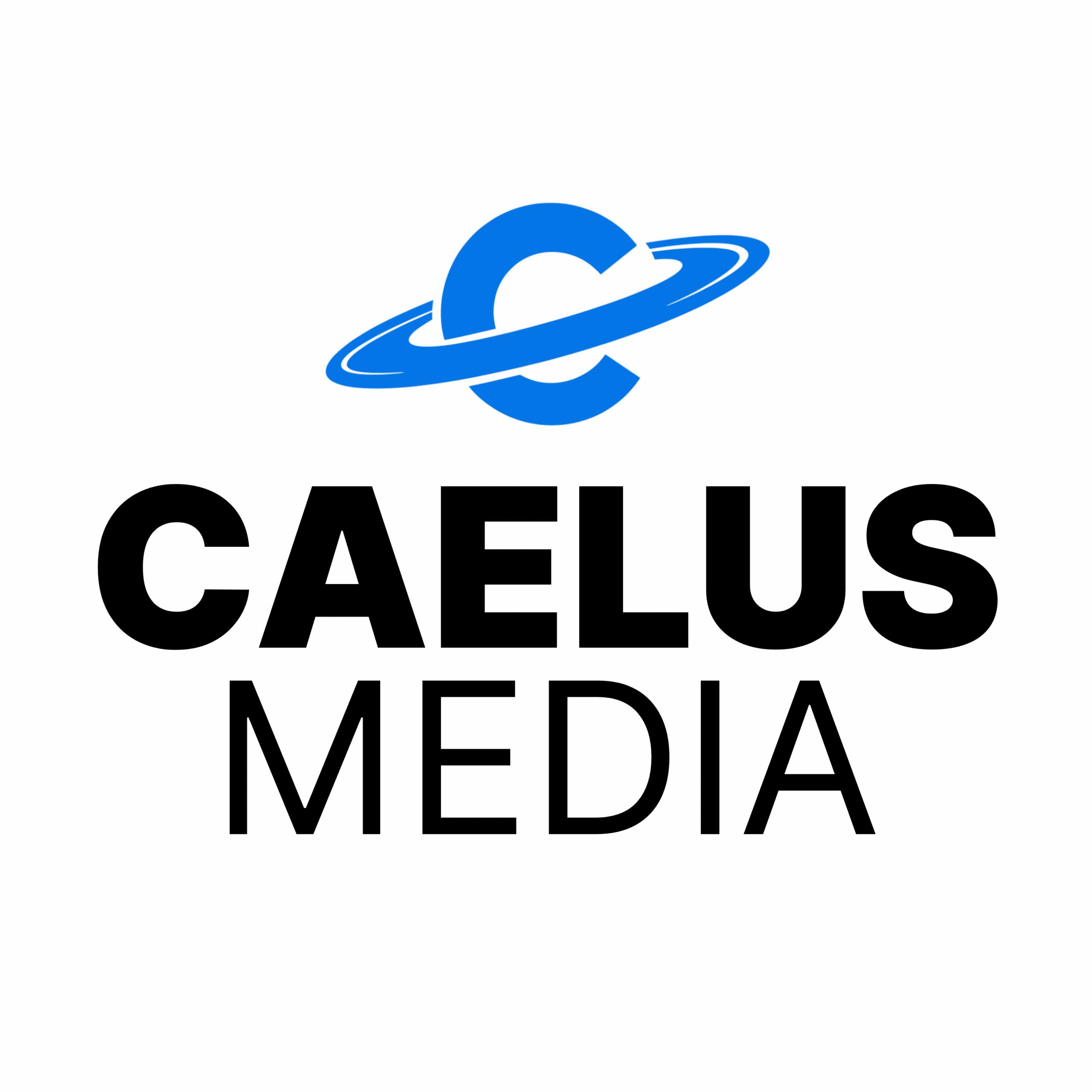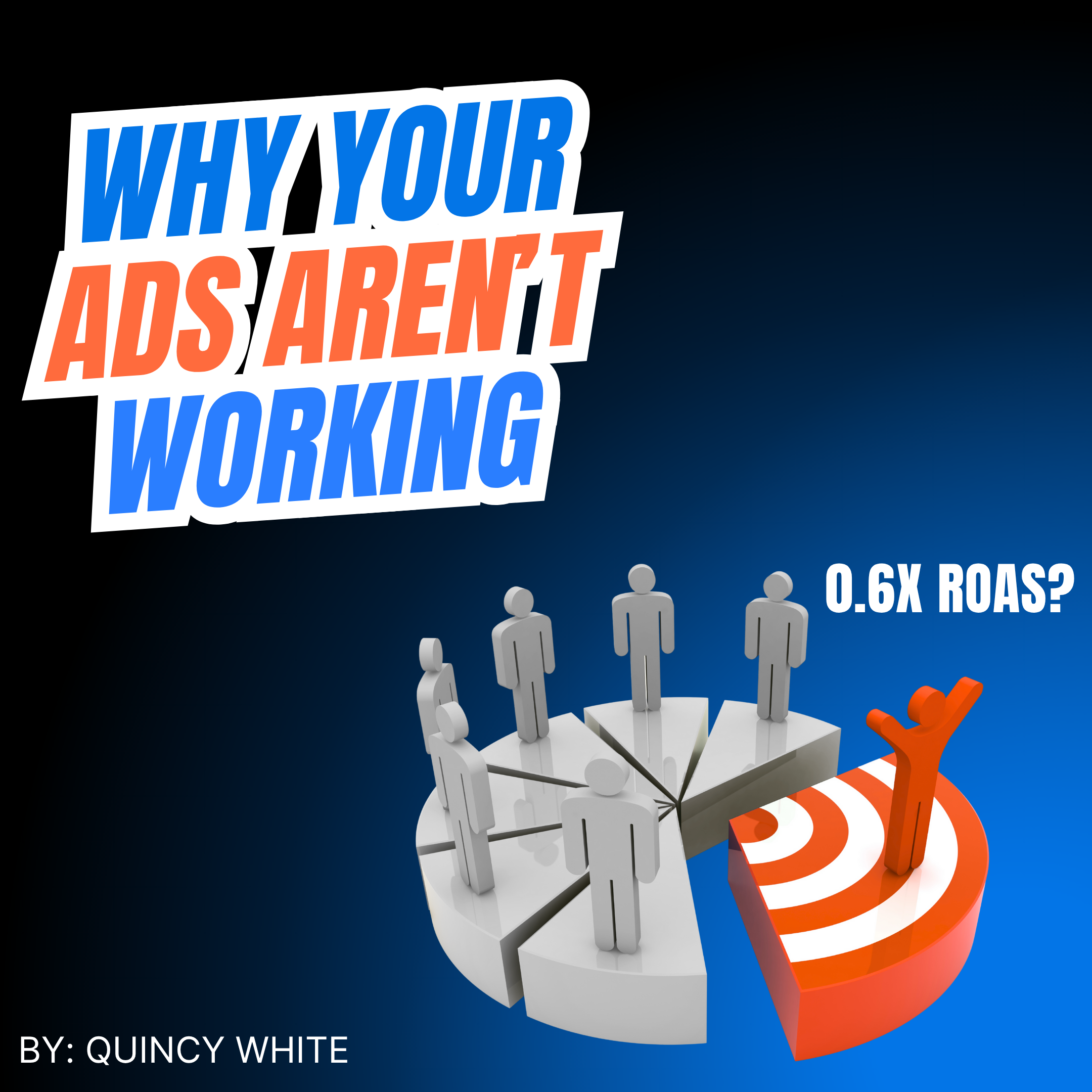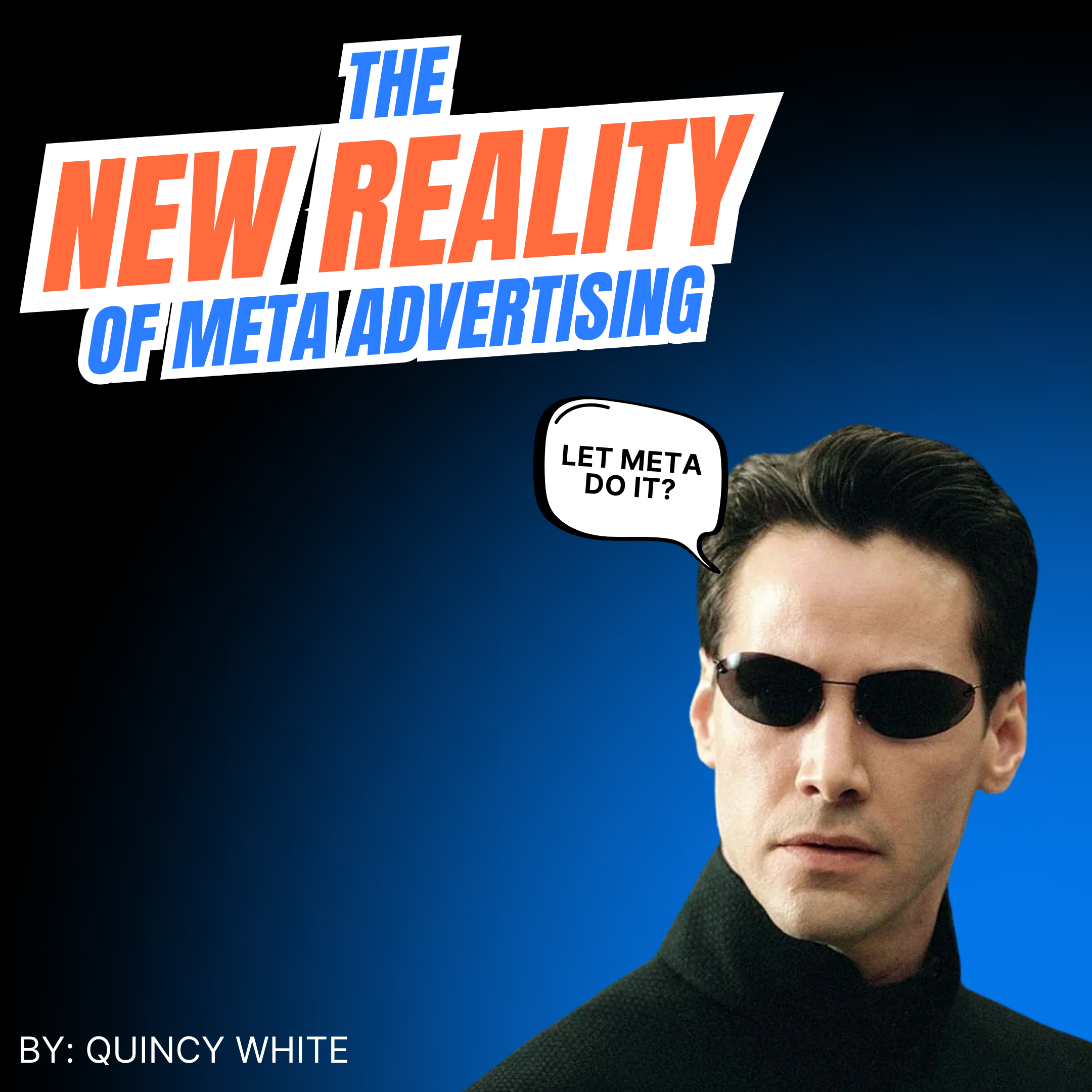For most of Meta’s history, targeting lived at the ad set level. You chose audiences, optimization events, interests, and demographics, and Meta delivered ads to people within those parameters.
As Meta introduced Advantage+ and automated placements, it began expanding beyond those descriptions, targeting audiences it believed were likely to convert. Over time, best practices evolved from full control, to slight control, to now, no control at all at the ad set level.
Even with these changes, most of the actual targeting logic still lived in the ad set. Targeting was done with ad creative, and best practice was to keep each ad set serving one clear avatar. This applies to persona’s but is easily explainable with warm and cold audiences. One ad set for people who have never heard of your stuff. Another ad set for people who have heard of your stuff.
But now, that’s changed.
With Andromeda and Meta’s improved retrieval engine (read our Andromeda post for more), the majority of targeting is no longer happening at the ad set level. It is happening within the ad itself.
The introduction of Related Media means a single ad can now contain up to 10 creative assets, 10 copy variations, 10 headlines, and multiple descriptions. That’s more than a thousand potential combinations, all dynamically optimized by Meta’s system.
In many ways, the ad level now operates like the ad set level used to.
What That Means for Media Buyers
Full-funnel management can now live inside one ad set. You no longer need multiple ad sets for link clicks, engagement, or page views (budget permitting) because Meta can manage the entire funnel through the ad level itself.
You can run TOF (top of funnel) and BOF (bottom of funnel) ads in the same ad set. Meta will allocate delivery automatically. In fact, it now recommends turning off only the ads that don’t spend, because if an ad is spending, even with a higher CPA, Meta may be using it for top-of-funnel awareness.
That said, don’t follow this blindly, especially on smaller budgets of $50–$100 per day. Monitor ad-level performance, net CPA, and creative role before deciding what to cut.
Using Related Media Strategically
When you upload Related Media, think about funnel stage deliberately. Pairing Related Media with BOF creative has performed exceptionally well in recent campaigns.
Your goal isn’t just variety, it’s controlled diversity. Give Meta options that clearly express different intent levels so it can auto-structure your funnel effectively.
Strategic Note
Use optimization events as your true targeting mechanism. The data you feed Meta defines who it finds.
If you’re launching a new brand or working with a limited budget, interest-based targeting can still help stabilize learning. But for most accounts, simplicity wins.
Simplify your structure. Focus on your inputs. Think of yourself as a prompt engineer.
Why Prompt Engineers Belong in Media Buying
When we adopted broad targeting, we actually hired a prompt engineer who was trained in communicating with large language models to refine how we “spoke” to Meta’s machine learning systems.
They weren’t media buyers by trade, but they understood how to structure inputs for clarity and precision. Teaching them the fundamentals of paid media was easy.
If you are having difficulty conceptualizing this new era of advertising, I think reaching out to a prompt engineer can help.




